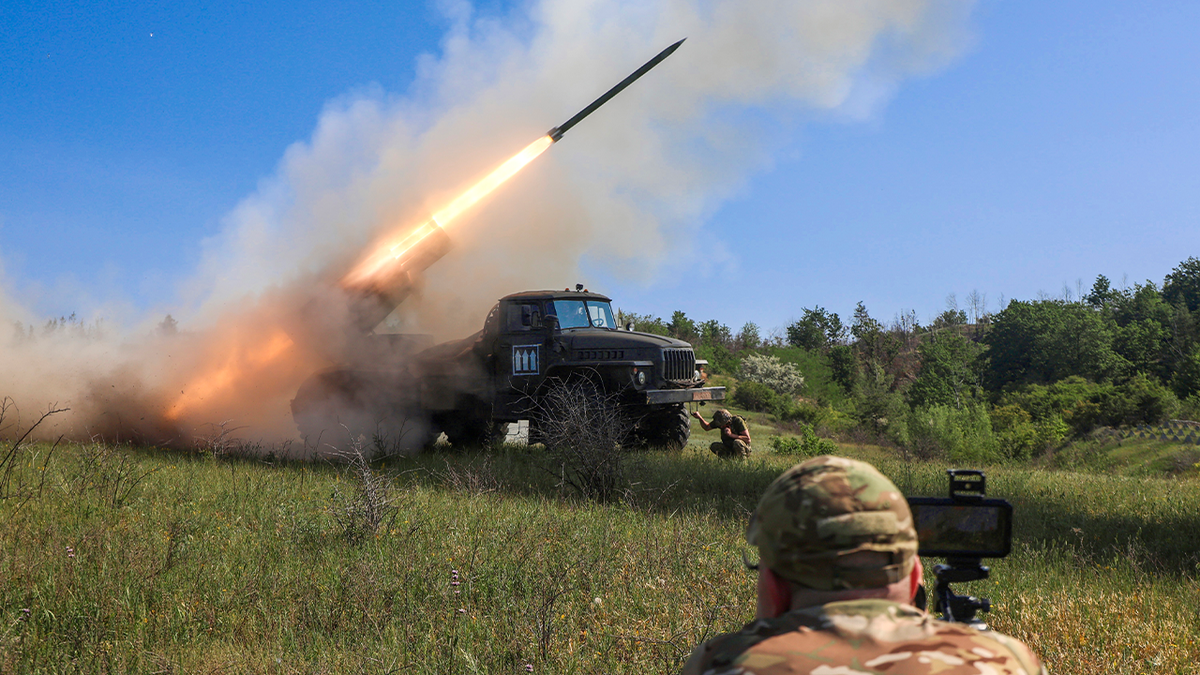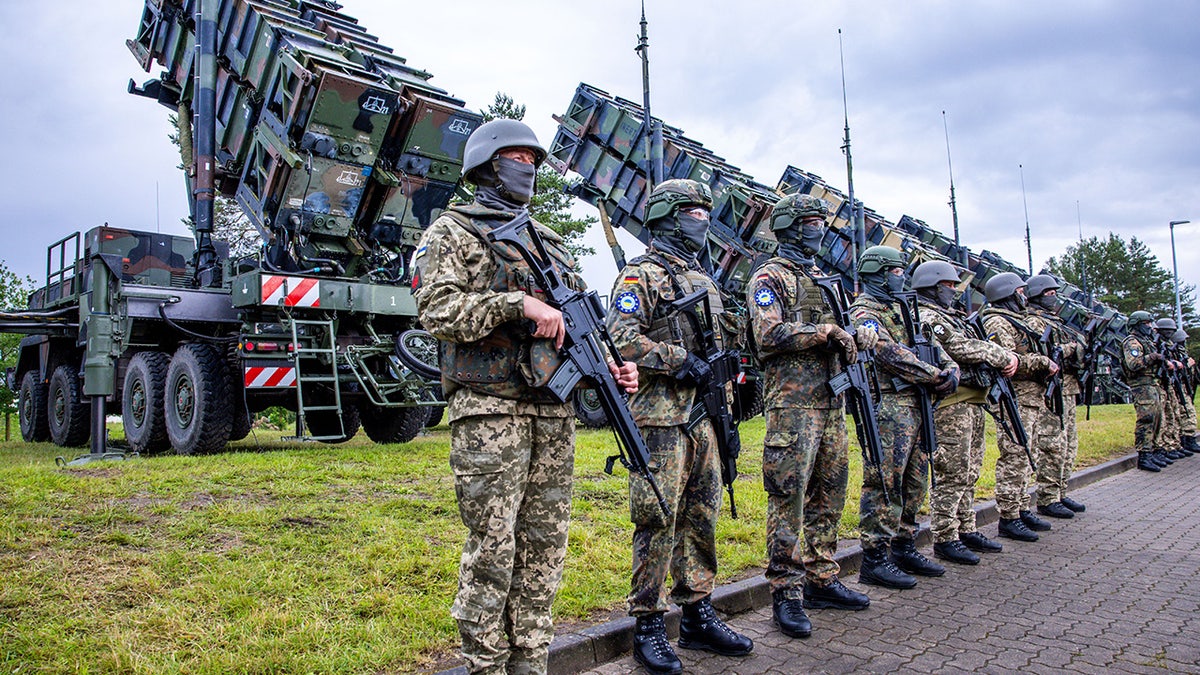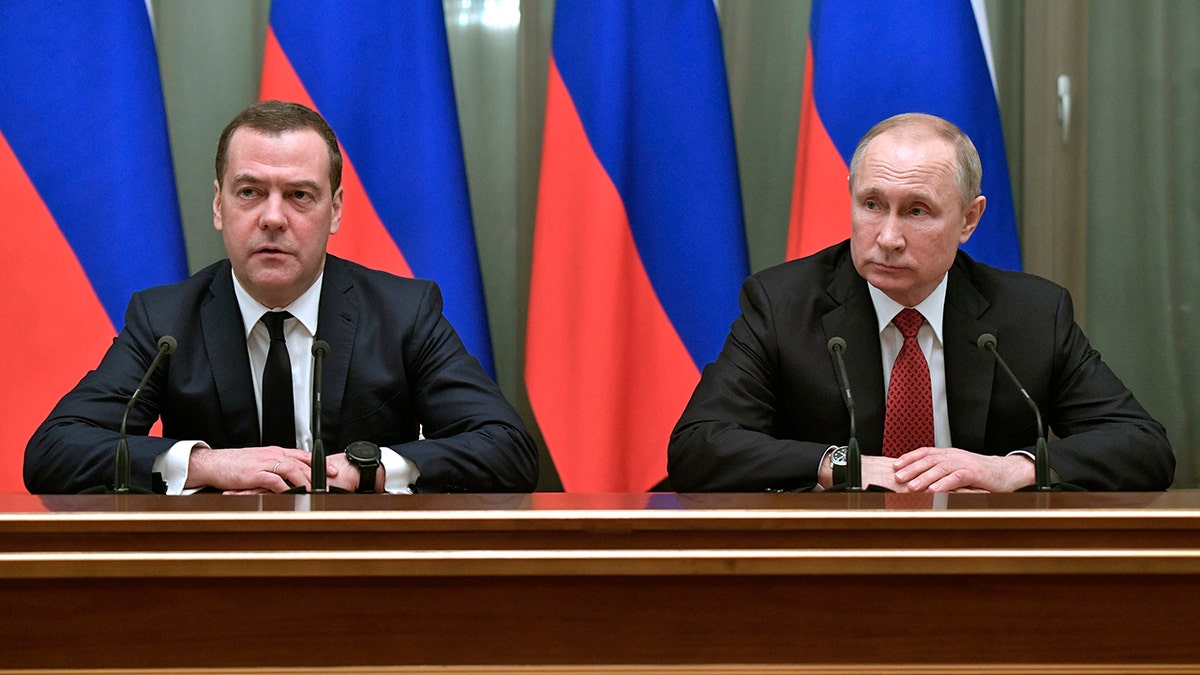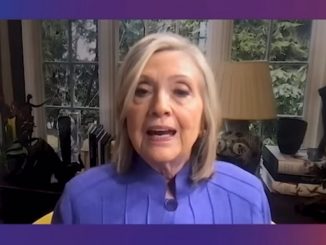
| Published July 17, 2025
Medvedev calls NATO actions ‘a full-scale war’ while Trump redirects Patriot missiles and threatens 100% tariffs on Russian oil buyers
In a dramatic escalation of tensions between Russia and the West, former Russian President Dmitry Medvedev has issued a stark warning: Moscow may launch pre-emptive military strikes if NATO continues supplying Ukraine with advanced weapons systems. The threat comes as the U.S. and its allies accelerate the delivery of Patriot missile systems to bolster Ukraine’s air defenses. With former President Donald Trump backing Kyiv with a 50-day ceasefire ultimatum and new weapons pledges, Russia now claims that Western powers have effectively abandoned all hopes for peace. The rhetoric has shifted from cautious diplomacy to open threats, raising fresh concerns of direct confrontation between nuclear-armed powers.
⚠️ Russia’s Threat of “Pre‑Emptive Strikes”
What was said & by whom
-
Dmitry Medvedev, Russia’s Security Council Deputy Chairman and former president, declared that Western support for Ukraine—especially the sending of Patriot missile systems—constitutes a “full‑scale war” against Russia. He warned that Moscow must prepare “to respond in full. And if necessary, launch pre‑emptive strikes”
-
This represents a further hardening in rhetoric. Medvedev emphasized that this was in response to NATO missile deployments, satellite reconnaissance, sanctions, and increasingly confrontational Western policies
Tone & Kremlin positioning
-
The Russian state-affiliated TASS agency echoed the statements and portrayed the West as intent on dismantling Russia
-
Kremlin spokespeople, such as Dmitry Peskov, have since avoided confirming direct attack plans, though they justify Russia’s firm stance as a defensive necessity
🛡️ NATO’s Response—Speeding Up Support
-
NATO Supreme Commander Gen. Alexus Grynkewich said preparations are underway to deliver Patriot systems to Ukraine “as quickly as possible,” underscoring the urgency in countering these new threats
-
U.S. President Trump also issued a stern warning—he threatened 100% tariffs on Russian oil buyers if Moscow doesn’t agree to a cease-fire within 50 days, while escalating the transfer of Patriot missiles via NATO or allied routes
Moscow’s counter-response
-
Russian Foreign Ministry spokesperson Maria Zakharova blasted Trump’s weapons pledge as a tactic urging Kyiv to “abandon peace efforts,” stalked it as “blackmail,” and interpreted it as a signal to prolong fighting rather than resolve it
🕊️ Peace vs. Escalation
-
Trump’s unconditional ultimatum—ceasefire within 50 days or face tariffs—marks a stark change from his prior Ukraine stance, drawing mixed reactions
-
Russia dismissed the ultimatum as theatrics. Kremlin officials, including Medvedev, mocked the deadline as ineffective and maintained demands for territory and neutrality from Ukraine.
-
This sets the stage: NATO ramps up defense support while Russia ups its threats, claiming Western actions are abandoning peace and justifying a military buildup—not just rhetorically but possibly preemptively.

Soldiers of the 30th Prince Konstanty Ostrogski Mechanized Brigade fire a missile from a BM-21 Grad multiple rocket launcher at Russian troops positions in the Donetsk direction, Ukraine, on June 3, 2025. (Ukrinform/NurPhoto via Getty Images)

Ukrainian and German soldiers train on the Patriot air defense missile system at a military training area in Germany in June 2024. (Jens Büttner/picture alliance via Getty Images)

Russian President Vladimir Putin and former President Dmitry Medvedev attend a cabinet meeting in Moscow, Jan. 15, 2020. (Alexei Nikolsky, Sputnik, Kremlin Pool Photo via AP)
 Implications:
Implications:
The latest threats from Russia—and the West’s determined response—signal a dangerous shift in the Ukraine conflict, with several far-reaching consequences:
⚔️ Risk of Direct Confrontation
Russia’s talk of pre-emptive strikes raises the specter of direct military engagement with NATO forces, especially if Patriot systems and U.S.-supplied intelligence are used to target Russian assets.
💣 Nuclear Posturing Returns
By invoking “full-scale war” and the right to strike first, Russia is reviving Cold War-style deterrence tactics, which could trigger a new arms race or accidents based on miscalculation.
🧨 Collapse of Peace Diplomacy
Russia’s framing of U.S. support as a signal that Ukraine has “abandoned peace” weakens prospects for negotiations. With both sides escalating, middle-ground diplomacy appears increasingly unrealistic.
💵 Economic Repercussions
Trump’s threat of 100% tariffs on nations buying Russian oil could destabilize global energy markets and further isolate Moscow—while forcing U.S. allies to take sides economically and politically.
🌍 Global Realignment
This crisis may further divide the world into hard blocs—NATO and aligned democracies versus authoritarian regimes—setting the stage for a prolonged geopolitical standoff well beyond Ukraine.
 Overall Takeaway:
Overall Takeaway:
What began as a regional conflict has now morphed into a high-stakes standoff between global powers, with pre-emptive strike threats and missile deployments dragging the West and Russia closer to the brink. As Ukraine becomes the flashpoint for this new chapter in East-West rivalry, the language of diplomacy is being drowned out by ultimatums, sanctions, and missile systems. Whether this spirals into direct confrontation or forces a recalibration of global strategy depends not just on weapons—but on political will, restraint, and the willingness to choose negotiation over escalation. The world is watching, and the stakes have never been higher.





Be the first to comment